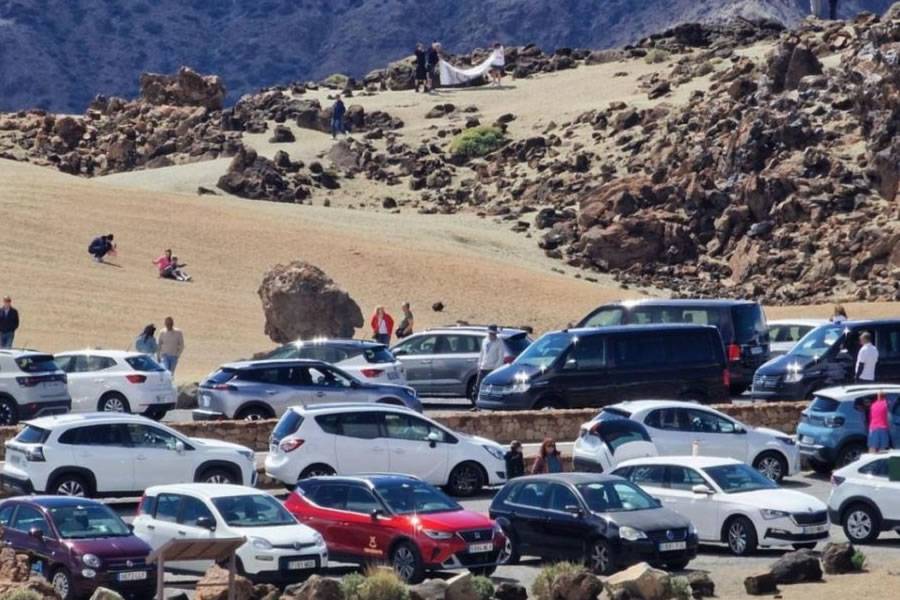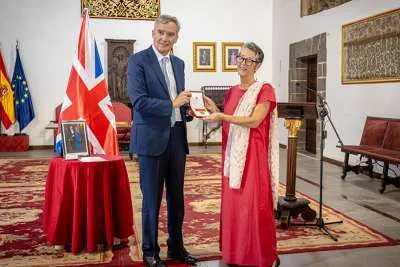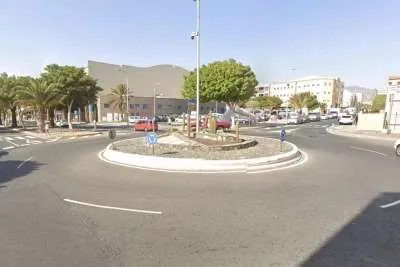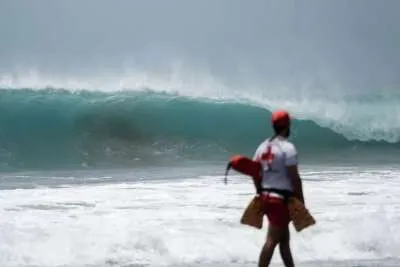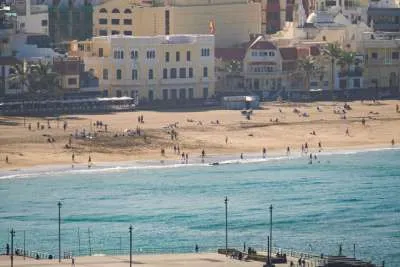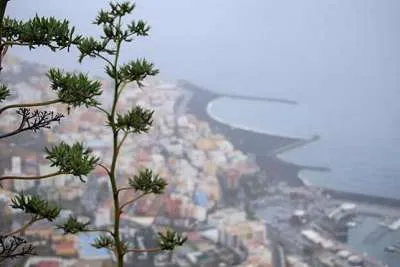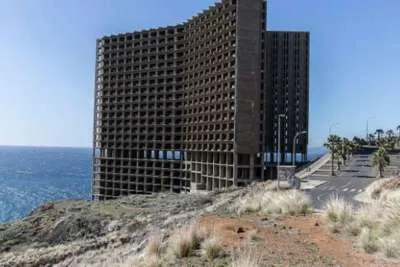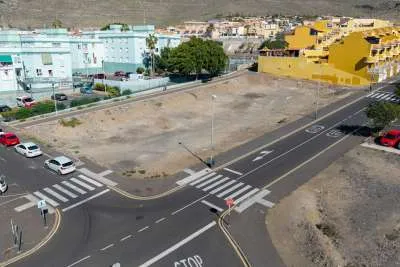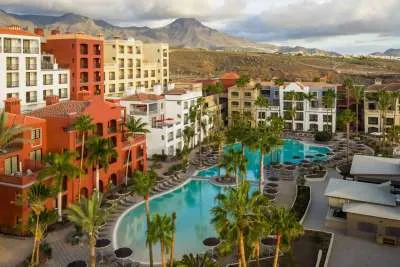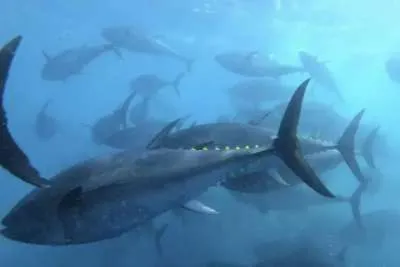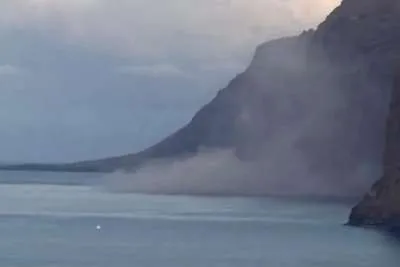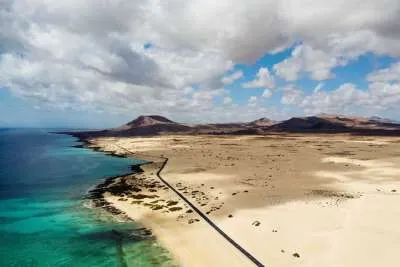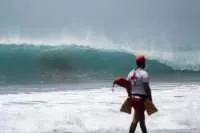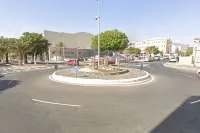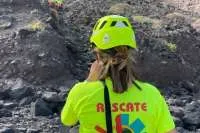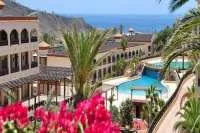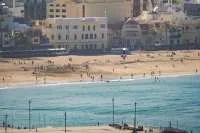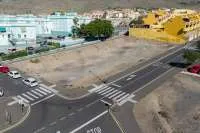OFFICIAL: Tenerife Cabildo will introduce entry fee for Mount Teide
- 05-05-2025
- Tenerife
- Canarian Weekly
- Photo Credit: Jaime Coello Bravo (Telesforo Bravo Juan Coello Foundation)
Visitors to Mount Teide will soon have to pay to access the national park as Tenerife's local government introduces sweeping reforms to tackle environmental pressures.
From 2026, a new eco-tax will apply to non-residents visiting Teide National Park, with all funds going directly towards conservation efforts. The move was confirmed by Rosa Dávila, the President of the Tenerife Cabildo, during a regional debate earlier today, Monday.
The announcement follows the Cabildo's formal assumption of management duties for the park as of 1st January, and amid mounting concerns of overtourism, illegal trail use, and environmental degradation in one of the Canary Islands’ most visited sites.
Electric shuttles and stricter controls
The updated access model will limit private vehicle traffic and introduce electric shuttle buses to reduce emissions and congestion. Additional environmental officers will be deployed, and a revised Park Management Plan will be implemented to cope with growing visitor numbers.
Dávila said the changes mirror policies already enforced in areas like Masca, where visitors are required to pay a fee and use designated transport services.
An agreement has also been reached with Tenerife’s transport sector to reduce the size of tourist buses in environmentally sensitive areas such as Anaga and Masca. One-way traffic systems will be introduced to reduce bottlenecks and environmental impact.
Tougher penalties and new conservation investments
The Cabildo is also planning legal reforms to introduce tougher penalties for damaging protected natural areas. It will also expand cooperation with SEPRONA (Spain’s environmental police), Local Police forces, and forestry officers (BRIFOR).
Among the upcoming upgrades is the long-awaited reopening of the Altavista Refuge later this year and new cabins for the Teide Cable Car in 2026. The cable car is currently the world’s first to operate entirely on solar power.
The island will invest a record €219 million in environmental programmes, an increase of 27% compared to 2023. Initiatives include restoring degraded areas such as La Rambla de Castro, La Caleta, and Montaña Roja, and reviving seagrass meadows with help from Spain’s Oceanography Institute.
The “Green Cent” and future resilience
A new “Green Cent” tax has been introduced, expected to generate up to €10 million annually for long-term forest and climate projects. Waste management will also get a €60 million boost, with ten new recycling centres and expanded circular economy projects in partnership with the University of La Laguna.
Water and energy infrastructure is also set for major expansion. More than 75 water projects will increase supply by 26,400 cubic metres per day, reaching 63,000 within six months. Geothermal energy, electric vehicle charging points, and local energy communities are also being prioritised.
In preparation for potential natural disasters, the island’s emergency coordination centre (CECOPIN) will be expanded, and a volcanic evacuation drill will be held in Garachico later this year.
Other articles that may interest you...
Trending
Most Read Articles
Featured Videos
A Vision of Elvis Tenerife Promo
- 10-05-2025
TEAs 2025 Highlights
- 17-11-2025


